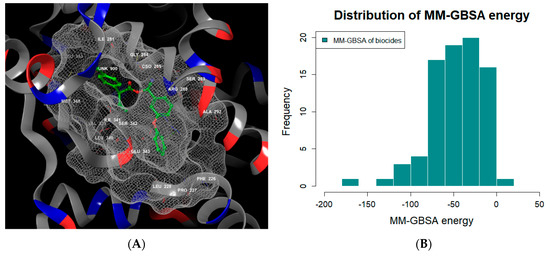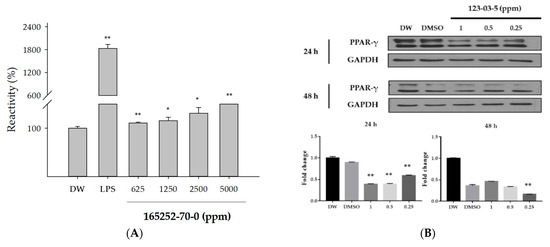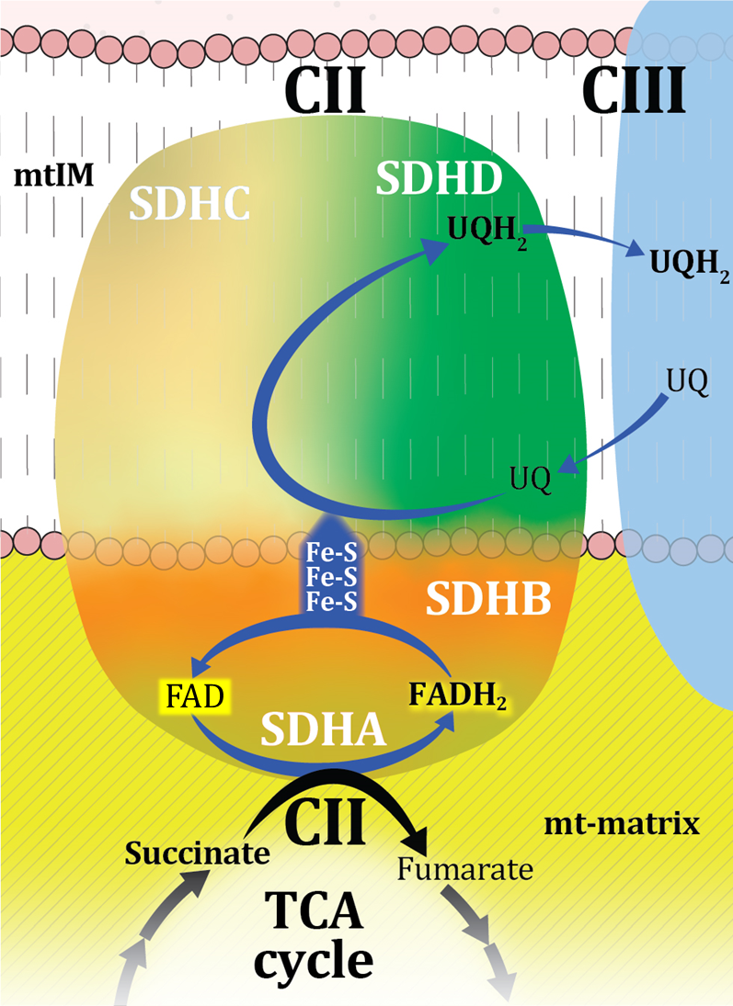Development of Adverse Outcome Pathway for PPARγ Antagonism Leading to Pulmonary Fibrosis and Chemical Selection for Its Validation: ToxCast Database and a Deep Learning Artificial Neural Network Model-Based Approach
Por um escritor misterioso
Descrição

Full article: Collaborative efforts are needed among the scientific community to advance the adverse outcome pathway concept in areas of radiation risk assessment

Adverse outcome pathways: Application to enhance mechanistic understanding of neurotoxicity

Toxics, Free Full-Text

Full article: Collaborative efforts are needed among the scientific community to advance the adverse outcome pathway concept in areas of radiation risk assessment

Defining Molecular Initiating Events in the Adverse Outcome Pathway Framework for Risk Assessment

Toxics, Free Full-Text

DDAC induces inflammation and fibroproliferation in the lungs. Mice
Full article: Bringing together scientific disciplines for collaborative undertakings: a vision for advancing the adverse outcome pathway framework

Effects of Class Imbalance and Data Scarcity on the Performance of Binary Classification Machine Learning Models Developed Based on ToxCast/Tox21 Assay Data

Integration of Computational Toxicology, Toxicogenomics Data Mining, and Omics Techniques to Unveil Toxicity Pathways

PPARγ agonists inhibit TGF-β induced pulmonary myofibroblast differentiation and collagen production: implications for therapy of lung fibrosis
de
por adulto (o preço varia de acordo com o tamanho do grupo)







